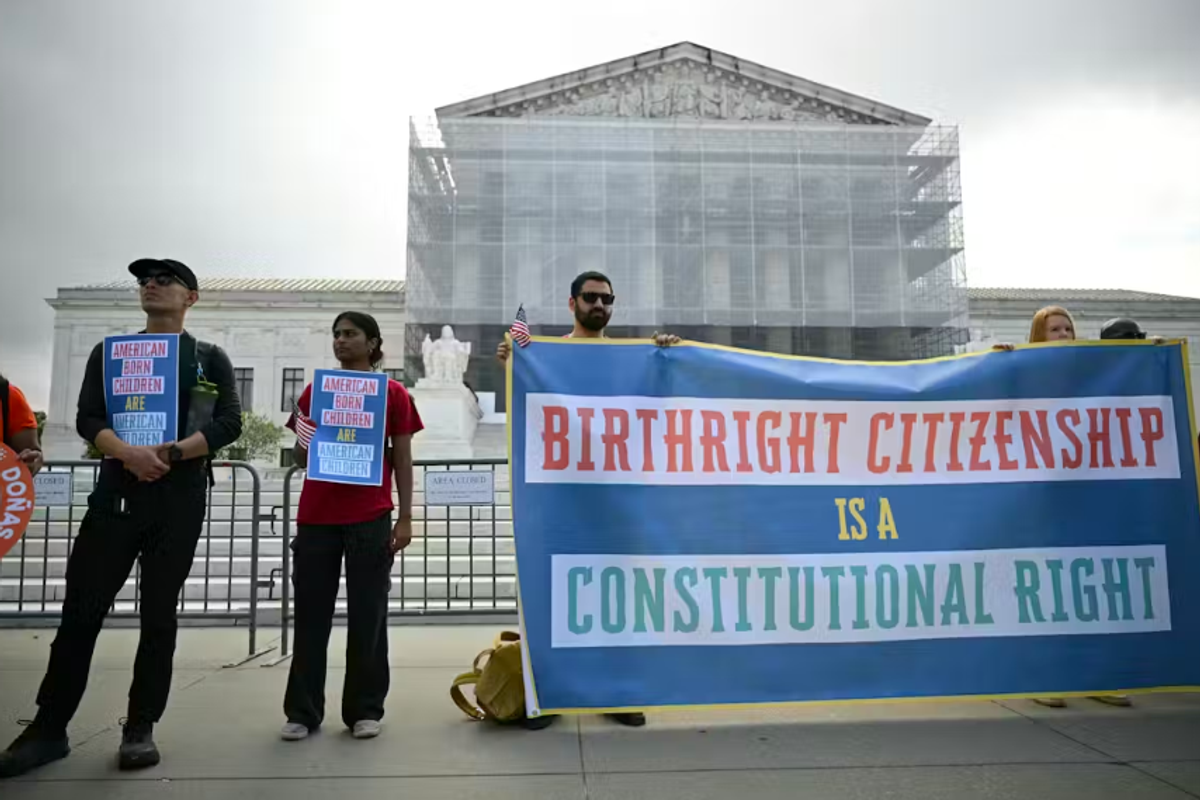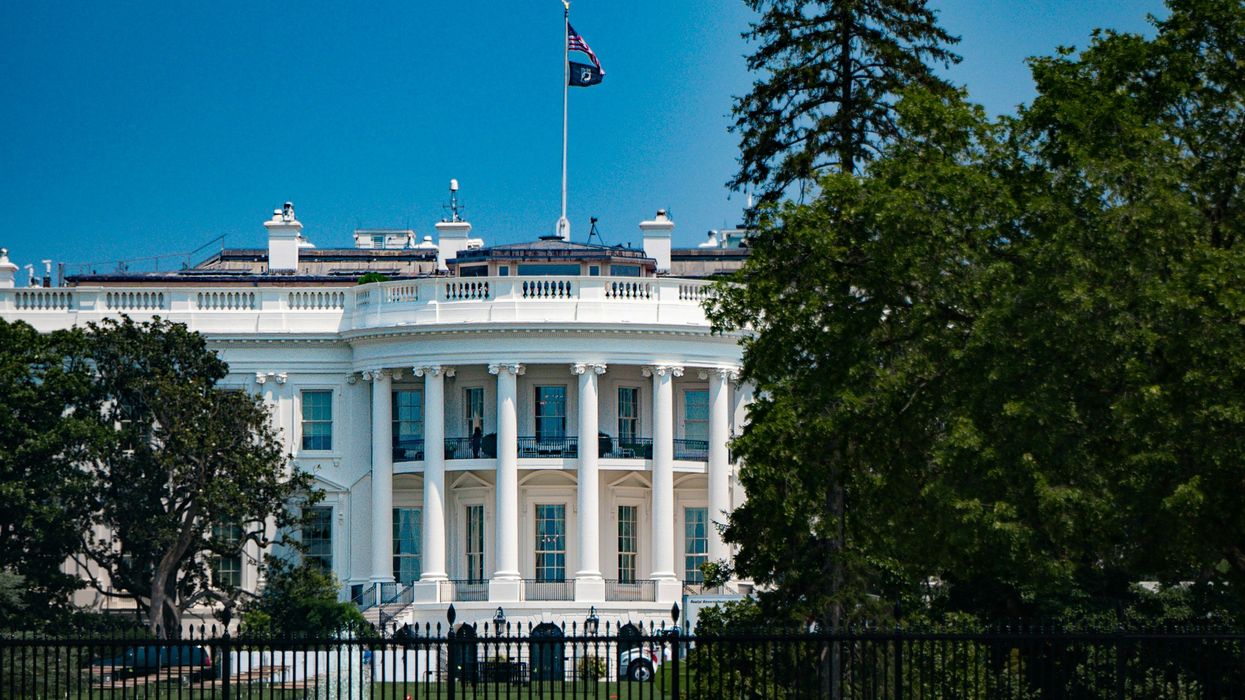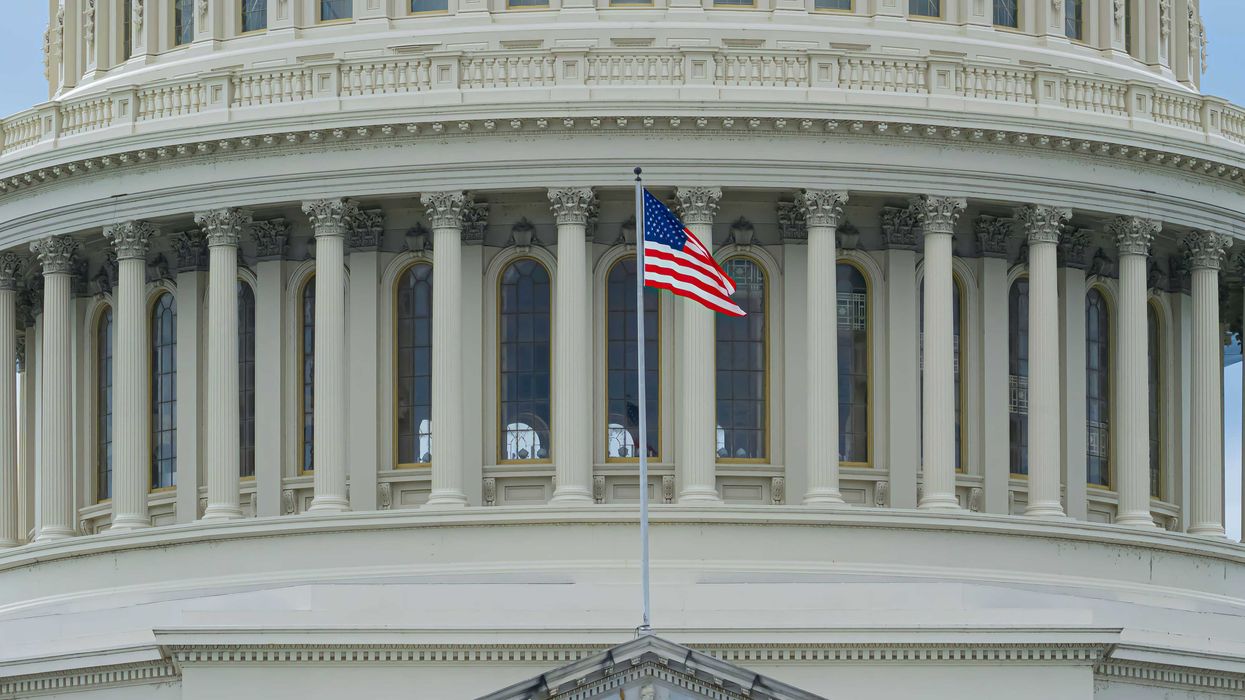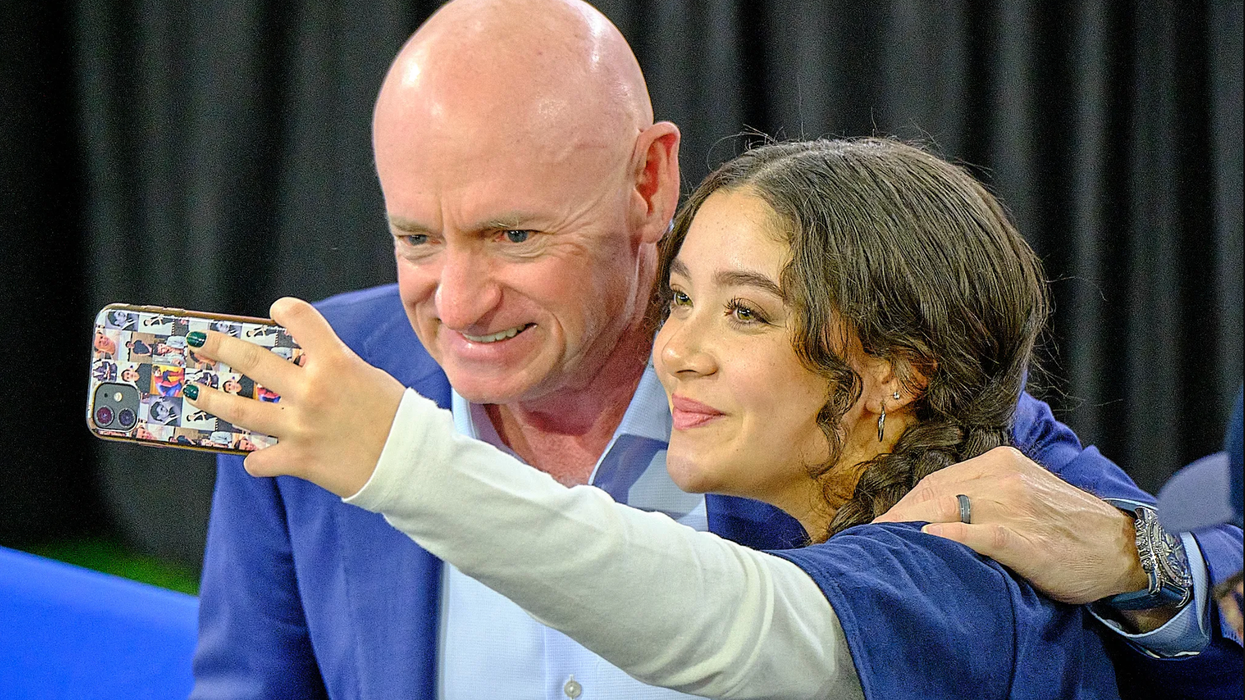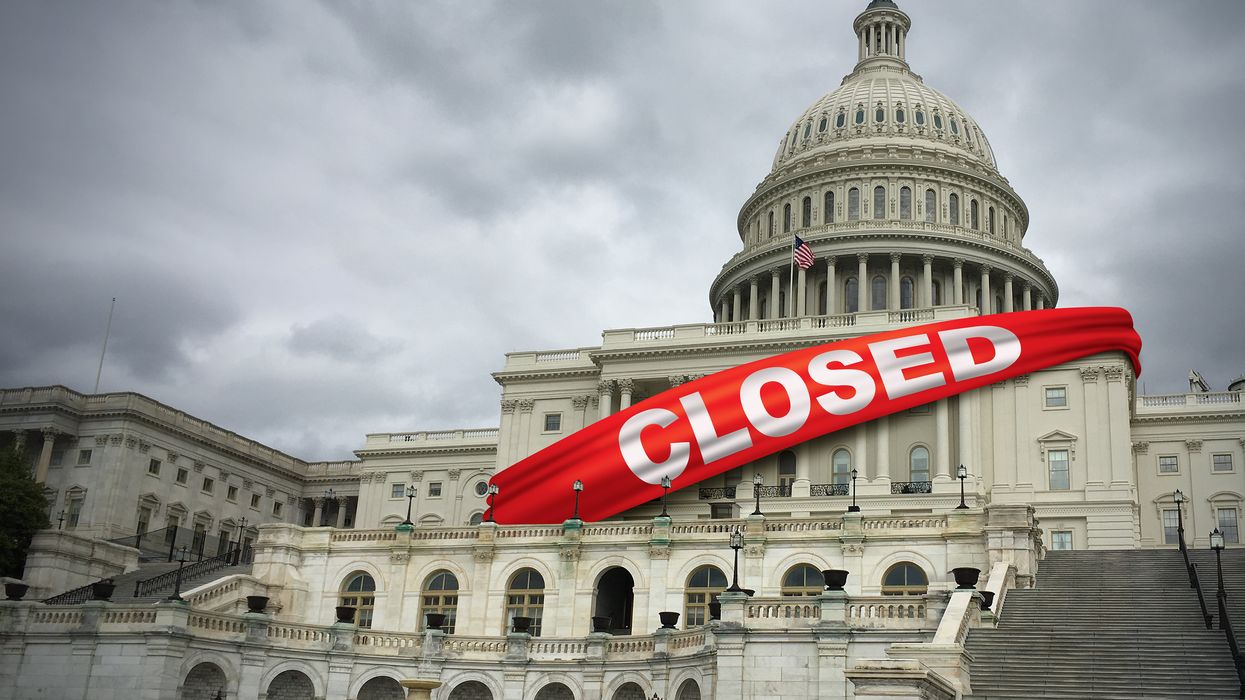The Fulcrum presents The Path Forward: Defining the Democracy Reform Movement. Scott Warren's interview series engaging diverse thought leaders to elevate the conversation about building a thriving and healthy democratic republic that fulfills its potential as a national social and political game-changer. This series is the start of focused collaborations and dialogue led by The Bridge Alliance and The Fulcrum teams to help the movement find a path forward.
Over the last two months, I’ve been privileged to speak with a diversity of stakeholders who work within the pro-democracy ecosystem. These leaders are focused on improving the democratic fabric of this country through tackling issues like structural reform, bridge building, organizing the ecosystem, and place-based work. I’ll continue this series with the Fulcrum over the next few months, and welcome your feedback (and additional potential individuals to interview).
In a moment in which the pro-democracy space is necessarily struggling to define its contours and strategy, I’ve found these interviews to be an important way to wrestle with the challenges and elevate perspectives. I am grateful for the candor of the interviewees. Five conversations into the series, I wanted to highlight some of the biggest takeaways from the conversations to date.
Perhaps most importantly, the interviews demonstrate that there is no one clear road forward. This truth is probably self-evident but worth emphasizing: this series (nor any initiative) will lead to a clear roadmap that effectively charts a path forward to revitalizing American democracy. This is precisely why these conversations are so necessary right now- to grapple with the tensions that have emerged, rather than to solve for them.
Multiple tensions have emerged in the interviews so far, which, from experience and other conversations, are similar strains prevalent right now throughout the broader pro-democracy ecosystem. I’ve summarized key questions from each interview, which might be useful for those in the ecosystem to reflect upon in their own work.
What is the balance between short-term and long-term work?
Julia Roig's interview hammered home this point as she grappled with the balance between lowering the heat (combating polarization) and raising the heat (more resistance-type work). In a moment when many democratic norms seem to be at existential risk, there is an obvious need to focus on defense. Some argue that there is no utility in focusing on long-term visioning if democracy does not survive past the present.
But so many Americans no longer believe that democracy works. This reality will not change with any election result but rather because of long-term rebuilding and re-envisioning. There is simply no luxury for the field to choose to work on the short-term or the long-term—they must be intertwined.
Who cares about democracy?
Reverend F Willis Johnson expressed concerns that the pro-democracy community is not effectively reaching out to people, as both organizations and the languages they use are becoming too elitist and top-heavy.
Whereas many organizations are producing talking points and thinking about ideals like closing civic space and a rising oligarchy, it’s not clear how much of that language resonates with the vast majority of Americans. We need to get out of our pro-democracy bubbles. The answer to this problem cannot be simply another narrative project or more polling: it must be interacting with individuals who do not actively profess to be part of the pro-democracy field.
What are we willing to give up to build a bigger democracy tent?
It is critical that the pro-democracy field ensures that individuals from diverse ideological stripes feel comfortable being part of the overall effort. Stephen Richer, the Republican former Recorder of Maricopa County, Arizona, warned about the challenge of not equating support for democracy with support for a progressive policy agenda.
In order to truly build a broader pro-democracy tent, it is necessary to put aside ideological differences for broader democratic principles. It is one thing to say this- it’s another for progressives, for example, to welcome in conservatives who may differ on fundamental issues like abortion, health care, or tax policy, but are genuinely worried about the direction of the country. The pro-democracy field cannot be a code name for progressivism, and there’s work to be done to truly understand what this means from a tactical perspective.
How can we convince people to reform electoral structures?
Many structural reformists have emphasized the need to change how elections and governance work so that democracy can better represent the will of the people. This effort, as Andy Moore described, has fallen short in recent years, partially because the presented reforms have not resonated with a frustrated public that is inherently skeptical of elite-driven solutions.
It doesn’t seem prudent to completely give up on structural reform, although I wonder if some funders will. But reformists would do well to avoid the silver-bullet mentality that sometimes has come to define the structural reform ethos (if only we had ranked choice voting or proportional representation, democracy would work!). This work, like so much of the democracy space, will require base-building over a long period of time rather than episodic elections.
How do we work alongside funders?
Like in any field, there is natural frustration towards funders who practitioners sometimes feel are prioritizing the wrong parts of the work. Richard Young noted that funders can sometimes focus on quick wins and movements rather than the long, membership-driven, place-based work necessary for a thriving democracy.
My personal sense is that funders are grappling with this moment just like everyone else (and I will plan to interview funders as part of the next phase of this series). It seems there is a need to engage them deeply, and for funders to humbly learn alongside practitioners at an existential moment for the pro-democracy sector.
I’d be curious if these same lessons resonate with others. My hope is that we can grapple with these tensions, looking to move forward productively rather than answer the questions declaratively.
We invite you to watch Scott's interviews on our YouTube channel by clicking HERE.
Scott Warren is a fellow at the SNF Agora Institute at Johns Hopkins University. He is co-leading a trans-partisan effort to protect the basic parameters, rules, and institutions of the American republic. He is the co-founder of Generation Citizen, a national civics education organization.

